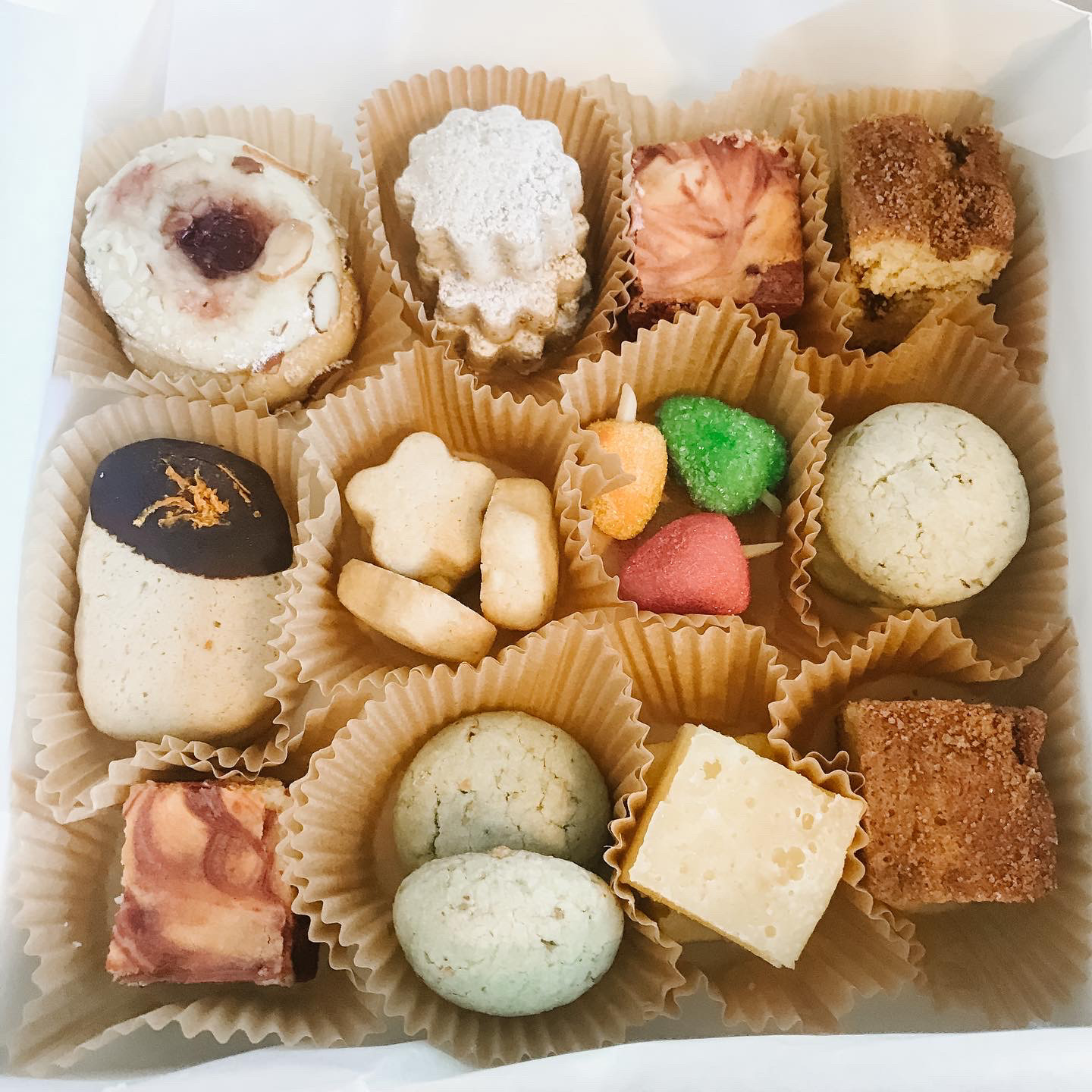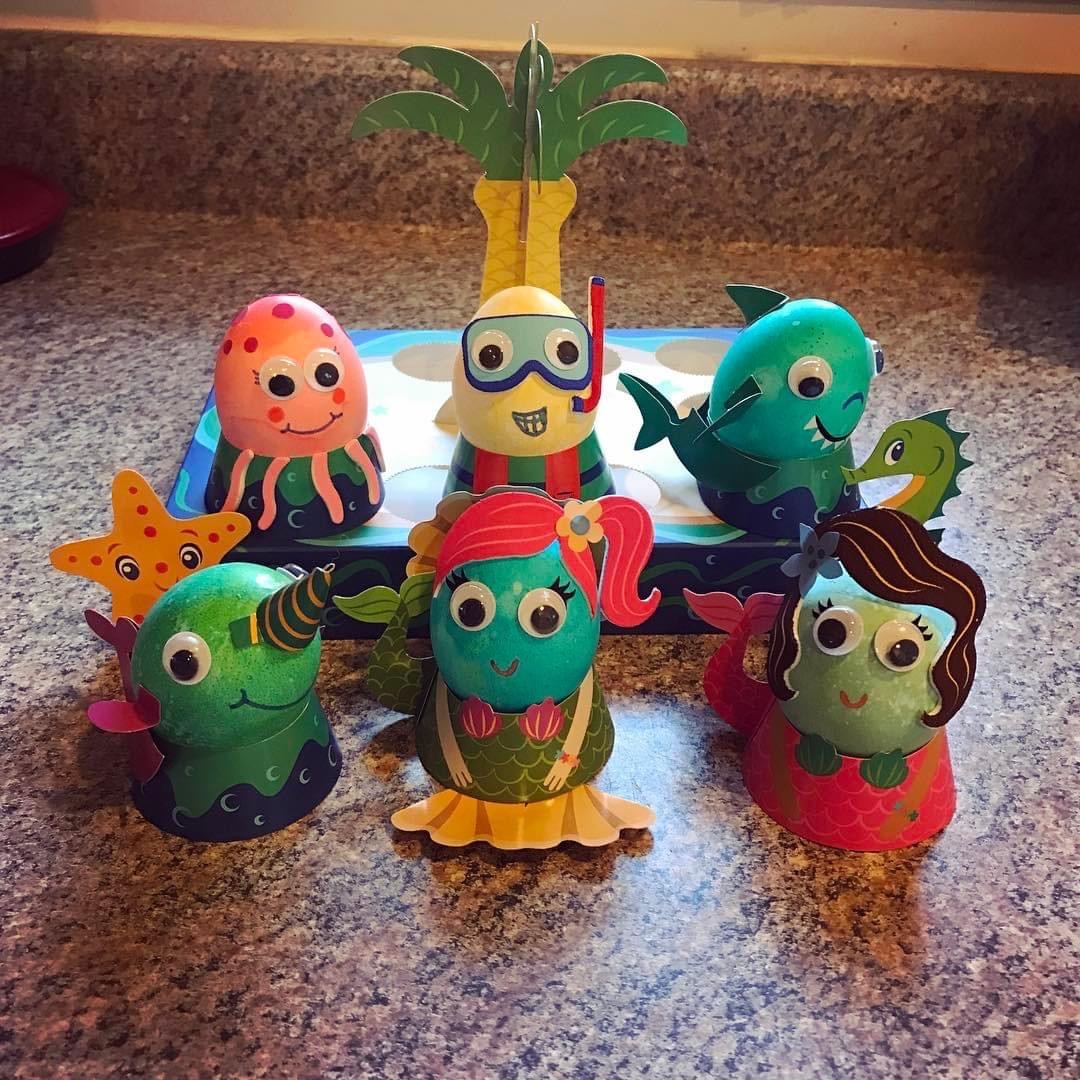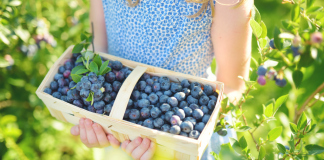“Spring and all its flowers
now joyously break their vow of silence.
It is time for celebration, not for lying low;
You too — weed out those roots of sadness from your heart.”
— Hafiz, “Spring and All Its Flowers”
Sal-e No Mobarak! Nowruz mobarak! Happy New Year!
Nowruz (also spelled Noroz, Norouz, Nowruz, and Norooz in English), is the celebration of the Persian New Year and itt means “New Day” in Farsi. It falls on the spring equinox and is celebrated by Iranians all over the world. Nowruz is also observed in many countries that historically made up the Silk Road in the Middle East and Asia, including Afghanistan, Azerbaijan, India, Iraq, Kyrgyzstan, Kazakhstan, Pakistan, Tajikistan, Turkey, Turkmenistan, and Uzbekistan.
This holiday falls at the exact time when day and night are equal on the vernal equinox, when the Sun crosses the equator. It is calculated every year, and this year, it will fall on Monday, March 20, 2023, at 5:24:28 PM EST.
Nowruz is a time for family, celebration, reflection on the prior year, and looking ahead to the future. It is a perfect time to get a jump start on spring cleaning, which sets the stage for a clear home and mind heading into the new year. Families also celebrate by visiting with one another and welcoming guests into their homes to share delicious meals and millenia-old traditions.
Read on to learn more about this special holiday and ways you can incorporate the meaning and traditions of Nowruz with your family this spring!
History
The ancient festival of Nowruz has been celebrated for anywhere from 2000-3000 years, from the time of the Persian empire. It pre-dates Islam and is considered a non-religious holiday to be enjoyed by families all over the world in celebration of the return of spring. You may recognize traditions and symbolism that closely mirror those of other spring holidays, including Easter!
Spring Cleaning
What better way to head into a new year and shake off the winter blues than with a thorough deep clean of your home! In Iran, families often start their spring cleaning weeks in advance of Nowruz. The house gets a scouring from top to bottom, and belongings are sorted through for donation or disposal. In Farsi, this is called khoneh takooni, quite literally “shaking the house!” So, get shaking!
The Haft Seen Table

The traditional Haft Seen table is an iconic part of Nowruz celebrations. Haft Seen translates to “Seven S’s” because the table includes seven (or more!) items all starting with the letter Seen [س] (“S”) in the Persian alphabet. These items symbolize the season with the intention to bring prosperity.
Common components of the Haft Seen table include:
• Sabzeh, sprouted wheat grass, or lentils: For rebirth and representing the renewal of nature
• Senjed, sweet, dried fruit of the lotus tree: For love and affection. We often substitute dates as an easier-to-find option
• Sib, apples: Apples are for beauty and health
• Sir, garlic: Garlic is for medicine and good health
• Somagh, dried sumac: The color of the sunrise and the spice of life
• Serkeh, vinegar: Vinegar is for wisdom, patience, and age
• Samanu (wheat pudding): Samanu is for fertility and representing the sweetness of life
• Sekkeh, coins: Coins are for prosperity
• Sonbol, the hyacinth flower: Representing springtime
In addition to seven S-items, other symbolic objects are on the table. These often include: a mirror (for reflection), candles (for enlightenment), a goldfish in a bowl (for life), dyed eggs (for fertility), a book of poetry by the renowned Persian poet, Hafiz, the Shahnameh (a long Persian epic poem), prayer books if a family is religious, and various additional sweets and spring flowers.
One note: like many modern families, we can’t bring ourselves to use real goldfish. More humane options used these days include a toy fish in a bowl, or even a little orange!
Food

Oh my goodness, the food. Do yourself a favor, if you haven’t tried Persian food, there’s no time to waste!
We have many, many favorite Persian dishes we could go on about. Yet a traditional Nowruz dinner typically includes mahi (fish) with sabzi polow (herb-rich rice), reshteh polow (rice and noodles), kookoo sabzi (a frittata-like dish of fresh herbs and greens), ash reshteh (a thick bean and noodle soup), and dolmeh (stuffed grape leaves). Of course, dishes differ from region to region and family to family.
Below, we’ve included a recipe for tut, a popular sweet you can make with your kids to herald the new year!
Activities for Families Celebrating Nowruz
Grow
An easy and fun project that littles can help with is growing the sabzeh (sprouts) for the Haft-Seen table. The hardest part is remembering to start them a couple weeks before the big day, to give them time to sprout!
In my family we have always used lentils, which are very easy to grow! My Persian Kitchen has simple instructions you can follow with your kiddos.
Dye

Dyeing eggs is a quintessential Nowruz activity, and one that is familiar to families who observe Easter. We believe that decorating eggs is an ancient idea that many cultures adopt. Plus, it’s one that has always been fun for kids! While some families may like to go the extra mile by creating their own natural egg dyes, ours is perfectly fine with the easy route: we pick up Easter egg dye kits from the store. They usually stock in March, and there are so many fun themes to choose from!
Cook
Often the fondest memories from childhood include food and family. You can incorporate both for your children by making a simple recipe with them that they can enjoy when you’re done! My Persian Kitchen is once again a great resource. She has a recipe for tut, a popular Persian sweet, which is easy to make and even better to eat!
Read
Books are wonderful way to share the themes and traditions of Nowruz with kids. We have Seven Special Somethings, the story of a boy preparing for Nowruz by finding special items for his family’s Haft-Seen table. Others include the bilingual book Soraya’s Nowruz Dance, Hooray! Hooray! Nowruz Is Here!, and Our Haft-Sin.
So what are you waiting for? Join in as we welcome a new season with Nowruz. There is something for everyone!
Ariana Fristoe is a pediatric Speech Language Pathologist, first generation American, and first-time mom-to-be through IVF. She lives in an almost 100 year old home in Lansing with her wife, Chelsea, and their many fur babies. To read pieces from Ariana’s wife, Chelsea, head here.










